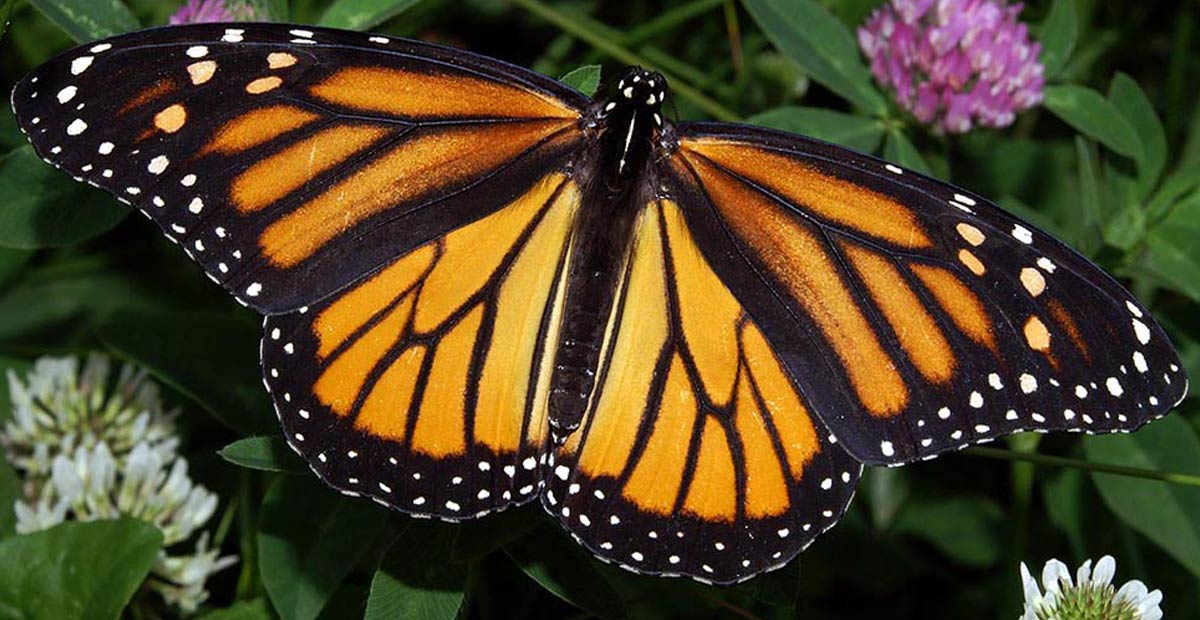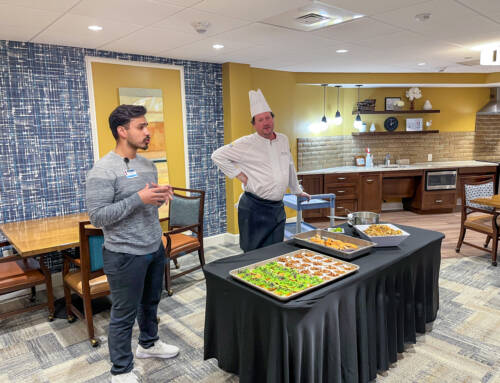When recalling their childhood, residents at Masonic Village at Elizabethtown can remember finding, chasing and catching monarch butterflies, the iconic orange-and-black symbols of the beautiful outdoors, but will today’s children be able to say the same?
Unfortunately, according to the Monarch Joint Venture, a partnership of federal and state agencies, organizations and academic programs who work together to protect monarch migration, the butterfly population has dramatically declined in the past two decades.
Each spring, adult monarchs arrive in northern and eastern United States shortly after milkweed plants first appear in the area. In the summer, those monarchs mate, lay eggs and die. Their eggs will then start the cycle over again and grow into adults by summer’s end. The monarchs are unable to stay in colder climates for winter and end up migrating to warmer parts of the world.
Thanks to the newly planted Monarch Butterfly Garden at Masonic Village, brightly colored monarch butterflies will soon accompany the various wildlife that inhabit the Conoy Creek, which runs along the outskirts of campus.
The project was initiated by several residents including Ray Horn, Jim Tarman and Carol Wolford, who were interested in both supporting the lifecycle of the butterfly species and enriching Masonic Village’s campus.
“We’re continuing the Masonic Village tradition of supporting the environment,” Ray said. “We all have to do our part.”
“I think this garden is a great idea, and it couldn’t be in a better location,” Carol said. “Down by the creek is a nice place to rest and feel close to nature.”
While enjoying background music provided by bullfrogs, crickets and various birds, the residents and Landscaping Department teamed up to plant rose milkweed, common milkweed, butterfly milkweed, joe-pye milkweed and red cardinal flowers, all of which will help attract monarchs and other types of butterflies and give them a place to lay eggs and feed both themselves and their caterpillar offspring. The various plants will also attract hummingbirds and swamp sparrows.
With the continued collaboration of residents, the Landscaping Department, community volunteers and local garden suppliers, additional butterfly gardens will be sprouting up and attracting more wildlife to the secluded areas on campus.
“When my grandkids come to visit they love to play outside,” Ray said. “They will be excited to see the new wildlife, especially the monarch butterflies.”




